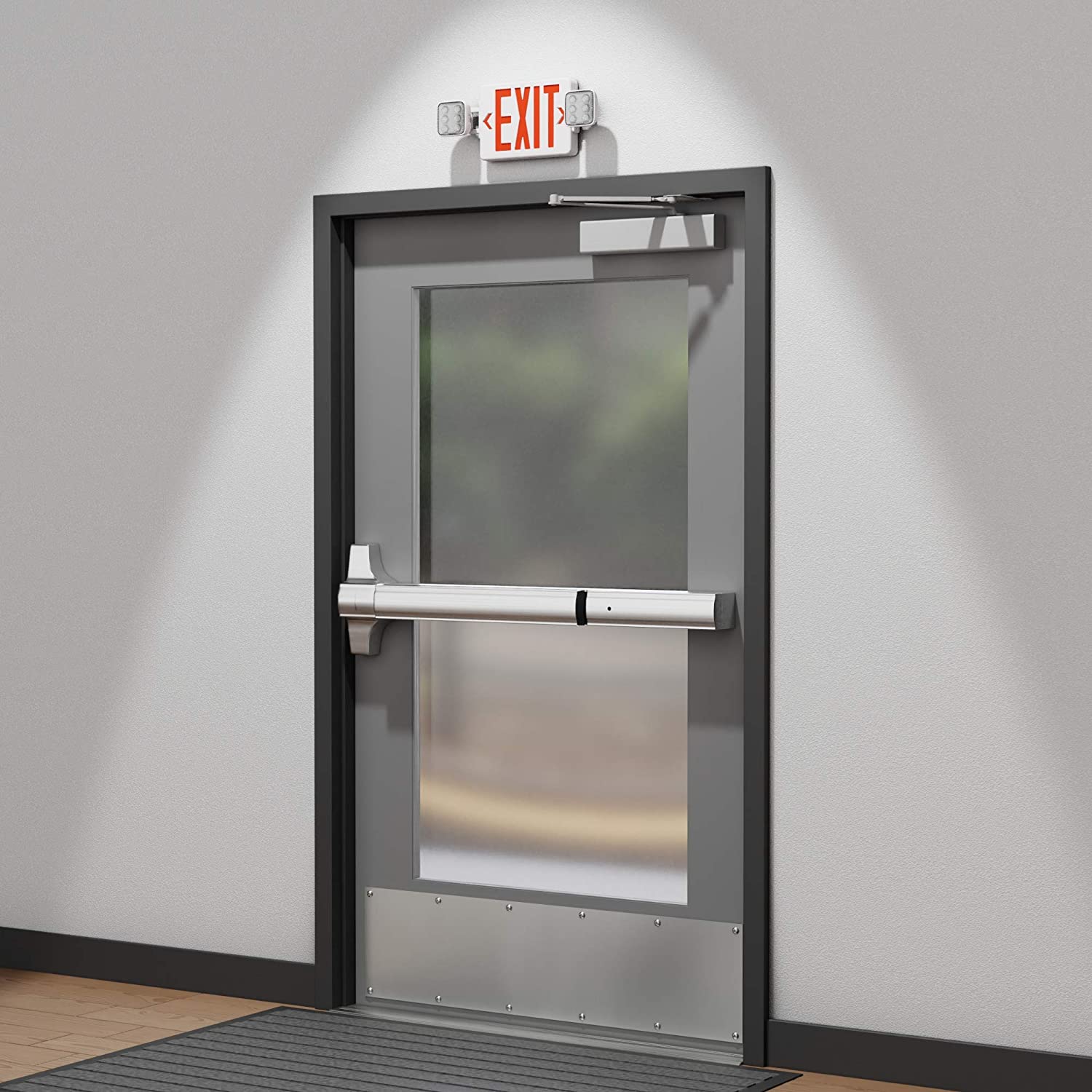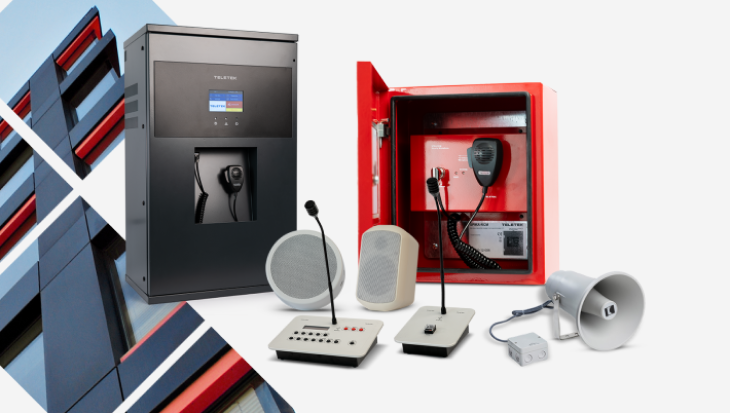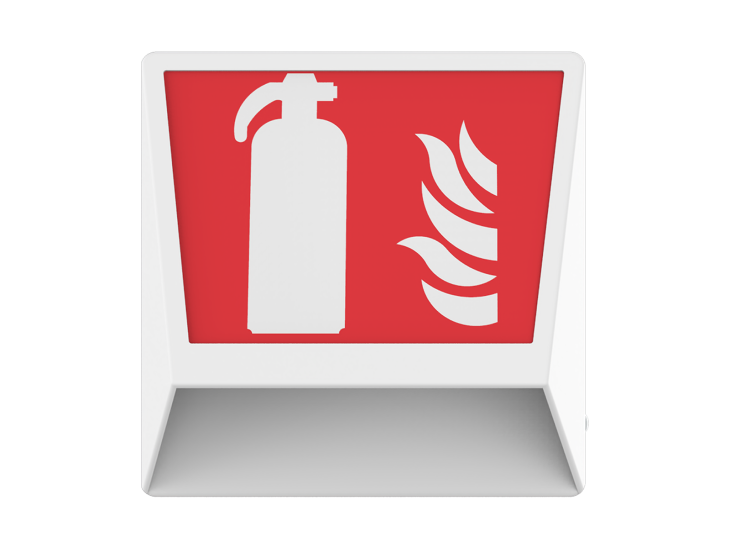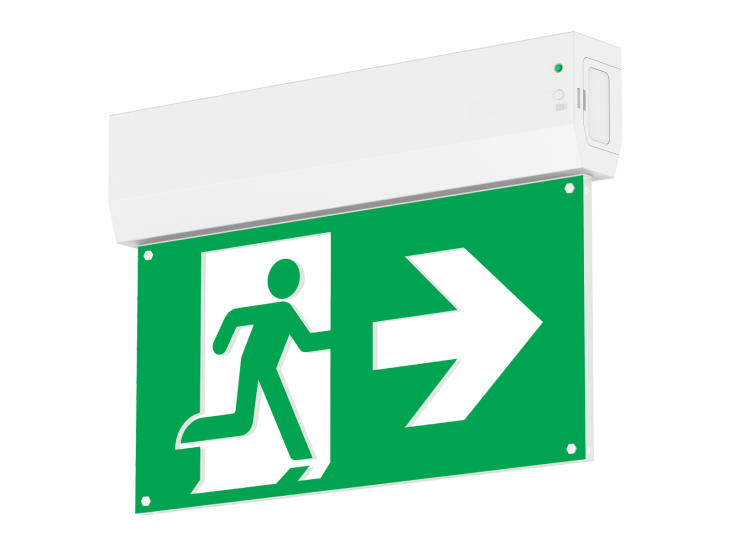A Guide to Exit Sign & Emergency Lighting Requirements
There are stringent laws regulating exit signs and emergency lighting requirements – and for good reason. In an emergency, a clear and well-illuminated path to safety can make a life-and-death difference. Understanding and complying with emergency lighting and exit sign requirements is crucial to ensure the safety of occupants.
This comprehensive guide will illuminate the importance of these systems and their compliance standards. We'll also supply simple solutions from Revolve LED to ensure you remain in compliance with the LED emergency lights and exit signs you need to safeguard the people in your building.
Emergency Lighting & Exit Sign Requirements You Need to Know
Emergency lighting and exit signs are integral to the safety of any building's occupants. They light the way in emergencies, directing occupants to the nearest exits. However, their installation and usage are not arbitrary – they're regulated by specific standards and requirements set by several regulatory agencies. These codes govern the installation, inspection and testing of exit signs and emergency lighting.
The regulatory standards come from several different agencies. We've provided a top-level look below.
National Fire Protection Association (NFPA) Exit Sign Requirements & Emergency Lighting Codes
The NFPA has established detailed guidelines for emergency lighting and exit signs in the NFPA 101 Life Safety Code. According to NFPA, exit sign requirements state that these signs must be clearly visible and legible, with a distinctive color and design. The path to the exit door should be marked with visible signs.
Emergency lighting should come on automatically in the event of a power failure and provide illumination for a minimum of 1.5 hours. The illumination level should be at least an average of one foot-candle (10.76 lux) along the path of egress at floor level.
Occupational Safety and Health Administration (OSHA) Emergency Lighting Requirements & Exit Sign Placement
OSHA has established regulations pertaining to emergency lighting and exit signs in workplaces. These regulations are enforced in the United States and are designed to ensure the safety and health of workers.
OSHA emergency lighting requirements and exit sign placement are encapsulated in its Standard 1910.37:
- The exit route must be adequately lit for employees with normal vision.
- Signs must be designed and placed properly so they're visible at all times, with each exit sign either lit by a reliable light source or made of a self-luminous material.
- Exit doors must also be marked by a sign reading "Exit."
Joint Commission on Accreditation of Healthcare Organizations (JCAHO)
JCAHO's standard EC.02.05.07 EP 1 requires that functional testing be done on battery-powered emergency lighting systems that are used for exit signs, egress and task lighting every month for at least 30 seconds. Visual inspections of other exit signs are also required at least monthly.
In addition to the monthly 30-second test, battery-powered emergency lights must be tested every 12 months for a minimum duration of 90 minutes. In medical facilities where deep sedation and general anesthesia are administered, the battery-powered lighting must be tested annually for at least 30 minutes.
International Building Code (IBC)
Section 1009 of the IBC provides specific guidelines on the means of egress and exit sign requirements. These guidelines include the following:
- The manner of egress, including exit access, exit discharge and the exit itself, must be provided with adequate illumination when the building is occupied. The illumination levels should be sufficient to allow safe exit from the building during a power failure or emergency.
- Emergency lighting systems must be provided in facilities where artificial lighting is necessary to maintain a secure means of egress. The emergency lighting system should automatically activate upon failure of the normal lighting and should remain illuminated for a specified duration, typically 90 minutes.
- Illuminated exit signs must clearly mark the path of egress. Exit signs should be installed in a location and manner that provides clear and visible identification of exits. The signs should be readily distinguishable from surrounding decorative or informational signs and be legible in normal and emergency lighting conditions.
- Reliable power sources must be used by emergency lighting and exit signs. This may include batteries, generators or other backup power systems. The power source should be capable of supplying and maintaining the required illumination levels for the specified duration.
- Exit sign and emergency lighting requirements include regular testing and maintenance. This encompasses periodic functional tests, inspections and record-keeping to ensure the systems are operational and compliant with the code requirements.
Local Municipalities
Besides the aforementioned national codes, it's important to note that individual jurisdictions often have their own specific emergency lighting requirements. For instance, cities like Chicago and New York have established unique codes pertaining to emergency lighting and exit signs. If you're uncertain about the local requirements applicable in your city, contact the fire marshal or a fire safety inspector in your area for guidance.
Frequently Asked Questions About Emergency Lighting Requirements
We've answered some of the often-questions about emergency lighting requirements. Please contact us with any additional concerns.
Where Do I Need to Install Emergency Lighting?
Every exit route within a building– including hallways, stairwells and corridors – must be equipped with emergency backup lights to ensure that individuals with normal vision can clearly see the path leading to the exit. Internal rooms, bathrooms and storage areas bigger than a broom closet without windows also must have emergency lighting.
Where Should Emergency Exit Signs Be Installed?
Yes, emergency lighting requirements dictate that these luminaires must always be on, even when the normal lighting is functioning. The purpose of emergency lighting is to provide illumination during power outages or emergencies when the regular lighting system fails. By remaining operational continuously, emergency lights ensure that exit routes, stairwells and other critical areas are well-lit and visible, enabling people to evacuate safely in an emergency. This constant illumination helps maintain a safe means of egress throughout the building, regardless of the availability of normal lighting.
Stay Safe With Quality Lighting Solutions That Fulfill Emergency Lighting Requirements
Revolve LED provides modern, high-performance LED lighting solutions that effortlessly satisfy all exit sign and emergency lighting requirements. Our exit signs are designed for high visibility and legibility using energy-saving LED technology for bright, clear and efficient lighting solutions that significantly reduce power consumption. We also offer emergency backup lighting that automatically turns on in case of power failure, providing illumination beyond NFPA's required 1.5 hours. Let us know if you need additional guidance on emergency lighting or exit sign requirements. Order your LED emergency lighting and signs today!





